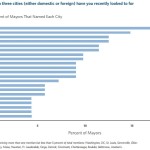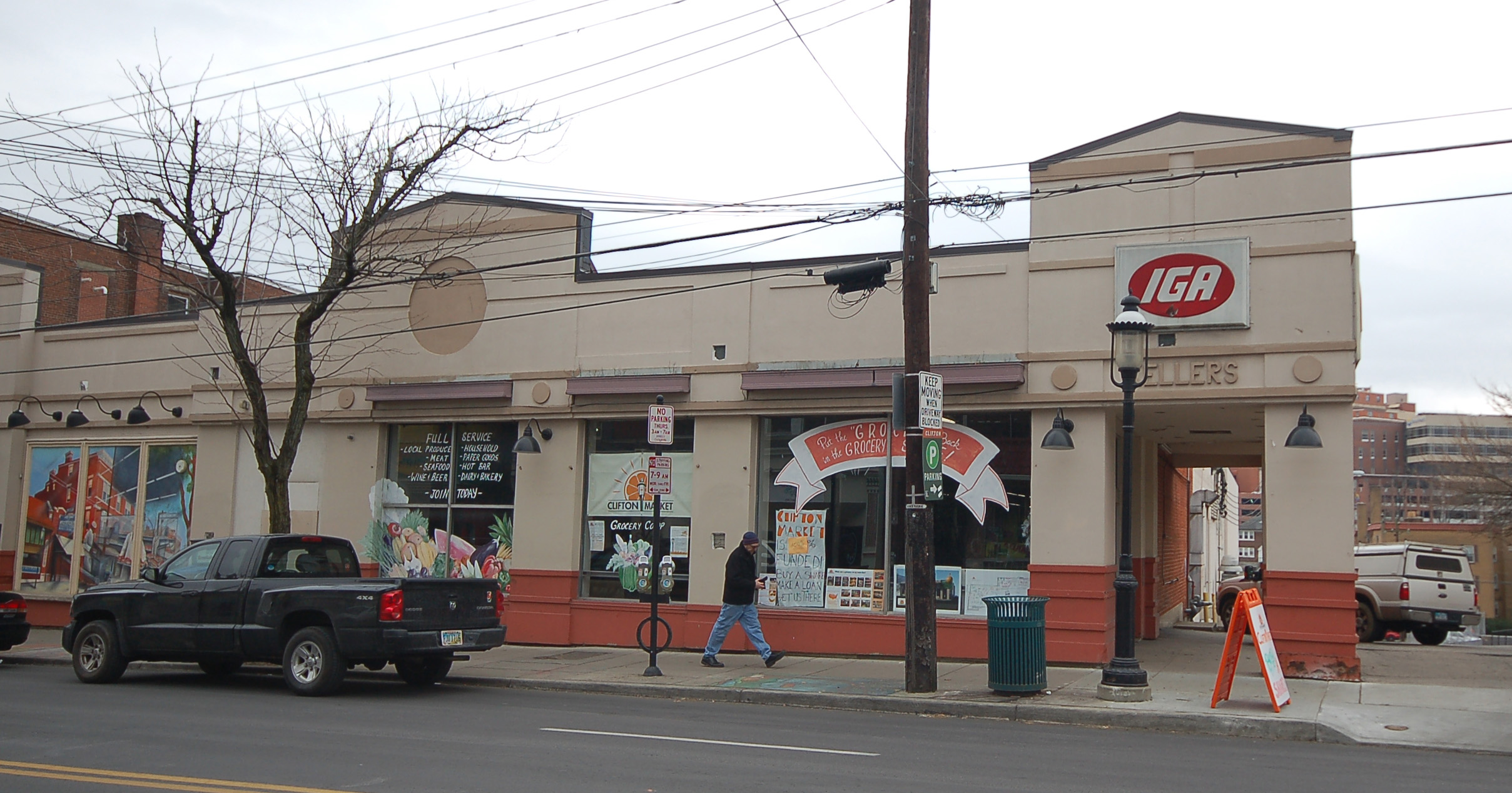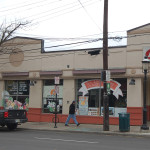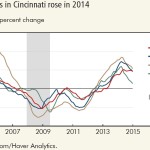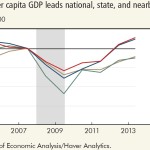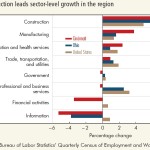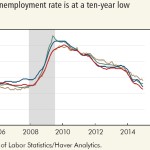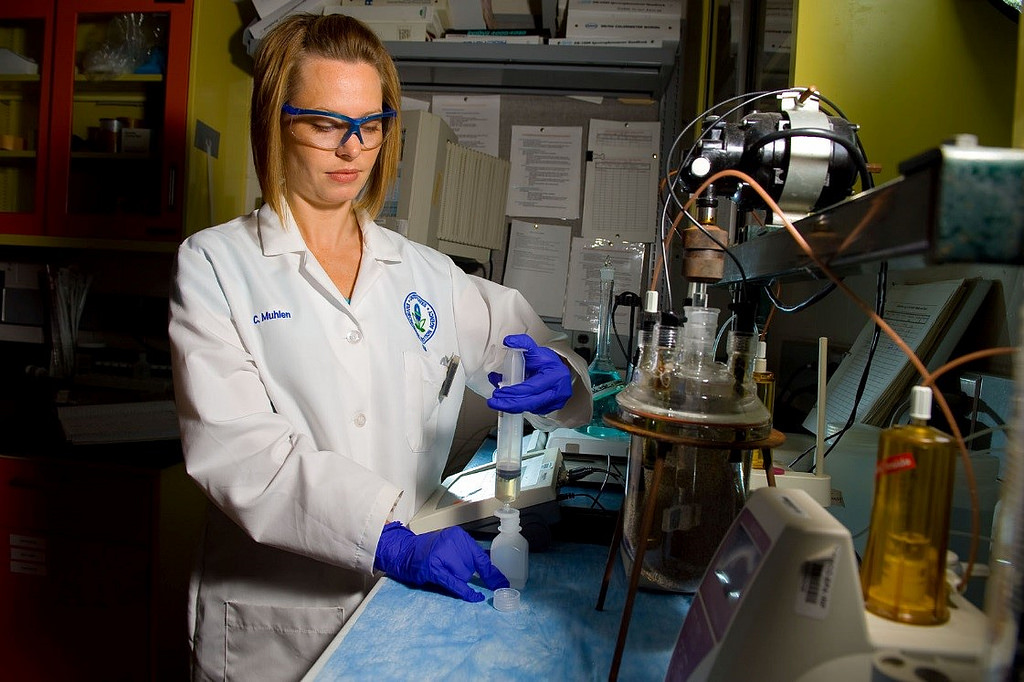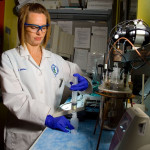The OKI Regional Council of Governments recently released survey results affirming the region’s desire for more public transportation and other carless commuting alternatives.
The survey was part of the organization’s public involvement in their 2040 Regional Transportation Plan, which will ultimately set the priorities for the metropolitan planning organization as it looks to distribute federal funding for transportation.
OKI has conducted several surveys to gather feedback on the plan, each one confirming similar desires for more non-automobile transportation options.
The vast majority of the respondents stated that their most frequent mode of transportation is driving their vehicle alone, with only 2% taking the bus and the same amount walking.
In the only open-ended question of the survey, OKI asked what part of their commute to work or school or some other frequent route could be improved. While a common theme was complaints on the massive reconstruction of the Mill Creek Expressway on I-75, respondents also called for a light rail system connecting the region’s suburbs and airport.
Those surveyed complained about a lack of coverage and frequency of Metro bus routes. A universal fare card for TANK and Metro, which is something area transit leaders have been developing. Altogether, 15% of respondents wanted more public transportation options and 11% wanted to improve the transit options that already exists.
While the survey results reinforce the notion that the car reigns supreme in Cincinnati, it also shows that area residents have few, if any, alternatives. As such, more than 56% of respondents said that they would keep their car, but drive much less if non-vehicle modes of transportation were available.
Officials at OKI have recently taken criticism for the planning assumptions they have been using to develop their regional plans, which often include VMT increases that have not been realized in many years.
Survey respondents said they were most concerned about traffic congestion and the lack of public transportation over the next 25 years. Should regional leaders decide to focus transportation investments on building transit, they could seemingly address both concerns at the same time.
Another them that came out of the survey results was that public officials should focus spending resources on maintaining and fixing outdated infrastructure, rather than building new capacity. The idea of institutionalizing “fix-it-first” policies is one that has garnered bi-partisan support across the country, including Ohio.
OKI has conducted several surveys of similar nature over recent years as the work to update and develop their regional plans. Despite the frequency of such surveys, the results have been consistent along the way, with many people asking for more transportation choices and better maintained infrastructure.
“This feedback is providing valuable insight into the transportation needs and issues most important to the public,” officials explained. “It is helping us identify projects that should be recommended for inclusion in the plan.”
The 2016 update to the OKI 2040 Regional Transportation Plan, which includes a recommended project list, is scheduled to be reviewed by OKI’s Board of Directors in June.


